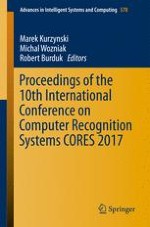2018 | OriginalPaper | Buchkapitel
Towards Privacy-Aware Keyboards
verfasst von : Krisztian Buza, Piroska B. Kis
Erschienen in: Proceedings of the 10th International Conference on Computer Recognition Systems CORES 2017
Aktivieren Sie unsere intelligente Suche, um passende Fachinhalte oder Patente zu finden.
Wählen Sie Textabschnitte aus um mit Künstlicher Intelligenz passenden Patente zu finden. powered by
Markieren Sie Textabschnitte, um KI-gestützt weitere passende Inhalte zu finden. powered by
